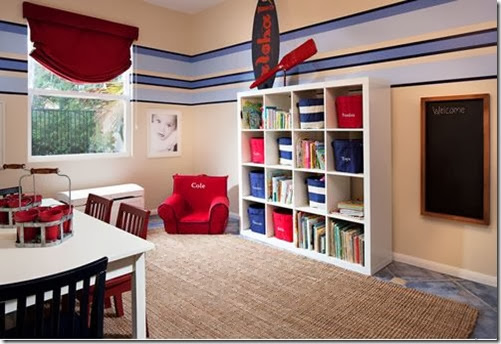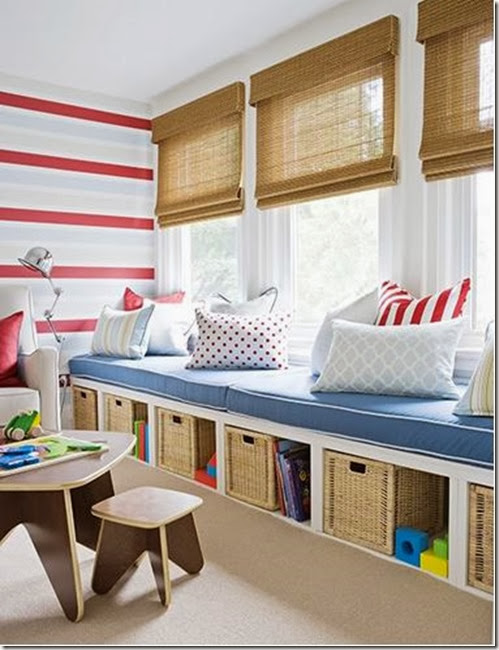by Karie Fay
Types of Home Security Alarm Systems
A quick glance at any retailer’s selection is likely to show you an overwhelming array of various home security alarm systems, each with different bells and whistles. While all perform one basic function – letting you and the authorities know that your safety may be in danger – different security systems vary based on how their parts communicate with each other and with the centralized monitoring service.

1. Hardwired Home Security Alarm Systems - Considered the granddaddy of home security systems, hardwired systems are nonetheless a viable option for homeowners in some situations. Hardwired systems use wiring inside your home to communicate between the system parts, and your landline (telephone line) to communicate with the monitoring service. Although fairly inexpensive to purchase, hardwired systems have some drawbacks.
First, they are more vulnerable to sabotage than a wireless system. A competent intruder need only cut your phone line to prevent the system from signaling for help. Then there’s the power supply. If it’s wired into your home’s electrical system or plugged into an outlet, when your power goes out, so does your security system. If your alarm has a battery backup – or runs off batteries – keep fresh batteries in it all the time and change them regularly.
Installation is another drawback. Notoriously difficult to wire and install, it’s easiest to let the pros do it for you. Even then, it’s much simpler to install during the home building or a remodel due to the wiring. Also, you can’t take it with you as easily if you move. Keep these things in mind before selecting this type of system.
2. Internet-Based Home Security Alarm Systems – Whether the components are hardwired, wireless, or a hybrid, the big difference with an Internet-based home security system is the method of signal transmission. The control panel sends the alarm to the monitoring service via your Internet connection (DSL, broadband or cable). Many owners like that you can hook it up to the Internet fairly easily, especially if it’s wireless (using a wireless modem or router instead). Others relax in the thought that it’s safer than a landline-based system. It’s not.
The biggest drawback is still vulnerability. Just as a phone line can be cut, so can an Internet cable. Additionally, if your Internet goes out for any reason, so does your monitoring service. In locations where damage to the cable is less likely, such as townhouses and apartments, an Internet system may be a good option, however. For many, it’s also convenient to run their alarm, cable and Internet together.
3. Cellular Home Security Alarm Systems – A relative newcomer to the field, cellular home security alarm systems overcome landline-based alarm system’s vulnerabilities easily. The control panel sends the alarm signal to the monitoring service through cellular phone towers. It doesn’t interfere with your regular cell phone usage. The phone line can’t be cut (providing you pay your bill). It’s also not as difficult to set up as a hardwired system.
But nothing’s perfect. First of all, cellular systems can be expensive. And it’s not just the cost of the system – you may need to get a SIM card and phone number, which allows you to route the signal to a clearing house, which then forwards it to the monitoring agency. It can be an added expense each month on top of your system and monitoring.
Cellular signals also aren’t always reliable. If you’re in a dead zone or if something interferes with the cellular transmission, your help call won’t transmit. Investigate these aspects before deciding a cellular home security alarm system is right for you.
4. Wireless Home Security Alarm Systems – Sometimes referred to as “all-in-one systems,” wireless systems usually run off your landline, just like a hardwired alarm system (and occasionally a cellular network). Unlike hardwired systems, however, all the components – the sensors, door contacts and such – are wireless. This makes installation very simple: Plug the system into the phone line (or as instructed in the cellular system directions), attach the components as recommended by the manufacturer, and the system is up and working. About all you need is a screwdriver, unless you choose to drill a hole to run any wires.
Besides ease of installation, wireless systems are easy to move – if you relocate, simply unplug it and take it with you. Wireless systems also tend to cost less than other types. You save on the equipment and the installation. And it only takes 20 minutes to an hour to get it up and going.
Planning a Wireless Home Security Alarm System
Careful planning makes any job more successful. Before spending money on any home security alarm system, do the footwork and put a little thought into your circumstances. Other than what type of system you want, and what options you’d like, consider the number of signal transmitters necessary.
Door and window transmitters are the eyes and ears of your home security. They detect an intruder and send the information to the control panel, which notifies the authorities. Don’t let anyone convince you to replace transmitters with electronic eyes and motion detectors. They aren’t as reliable and may produce false alarms or fail to alert more often than transmitters. Glass breakage sensors can be included to create a better design. Just keep in mind that glass isn’t broken in every invasion, so door and window transmitters are the backbone of your system.
To plan the number of sensors you need, walk around each room in the house and take note of each opening – door or window – that is vulnerable. Skip upstairs windows and doors if they are not accessible from the ground. Next, add additional sensors – such as fire and heat detectors – if you wish to incorporate them into your wireless alarm system.
The control panel is another consideration. Choose between the “cabinet style” – consisting of a keyboard near your entry door and a separate circuit board near the phone jack or modem – and a “self contained” control panel, a single piece mounted near the door. The biggest difference between the two is ease of use and vulnerability. When you use the cabinet style control board, you must disable both parts to stop the alarm signal, which makes it harder for an intruder. On the other hand, you have to interact with both in order to use it. For many, the hassle is worth the safety.
Once you have an idea of what you want, as well as what you need, it’s time to shop for your particular system. Take your time, ask lots of questions, and read carefully. In general, it’s also a good idea to pay a little more for a well-known name brand rather than the no-name “bargain.”
DIY Home Security Tips
Some cities and local governments require alarm system permits. Before hooking up your new system, contact your local government offices to inquire about the specifics. If you don’t, you could find yourself facing a stiff fine and a hassle with the authorities.
Just as you shopped around for your system, be prepared to do the same with your monitoring service. Of course, you don’t have to use a monitoring service – you can use an alarm siren just for a deterrent – but it’s nowhere near as reliable as a signal sent to the police or a monitoring service.
Most services are fairly reasonable – less than the typical cell phone bill – but you may be locked into a contract. Make sure to read all the fine print before selecting your provider. Always ask questions about anything that concerns you and make sure you know all the involved costs, particularly if extra equipment is needed (such as with cellular systems).
Don’t forget to stick an alarm sticker in a visible window after your installation is complete. Also, contact your home insurance carrier. You may find you qualify for a discount due to your newer, safer home.
Consider using your new system for a couple weeks before connecting to a monitoring system. This allows you to “train” yourself and your family to use the system without sending false alarm calls. Also, during planning and installation, try an old trick: Think like a thief. Where would you enter the home if you were bent on getting in? What would you do? This helps you spot your home’s weak spots.
Don’t rely on your home security alarm alone – make it part of a “whole house approach” to safety. Implement other safety strategies and aim to make your house invasion-proof.























 In colder climates, homebuilders generally enclose water pipes inside the house’s insulation to protect them from extreme cold. Unfortunately, that’s not always enough. If temperatures drop low enough or a problem exists that allows cold air to reach the pipes, it can lead to a burst pipe. Cracks, holes, gaps or inadequate insulation can still lead to frozen pipes.
In colder climates, homebuilders generally enclose water pipes inside the house’s insulation to protect them from extreme cold. Unfortunately, that’s not always enough. If temperatures drop low enough or a problem exists that allows cold air to reach the pipes, it can lead to a burst pipe. Cracks, holes, gaps or inadequate insulation can still lead to frozen pipes.








